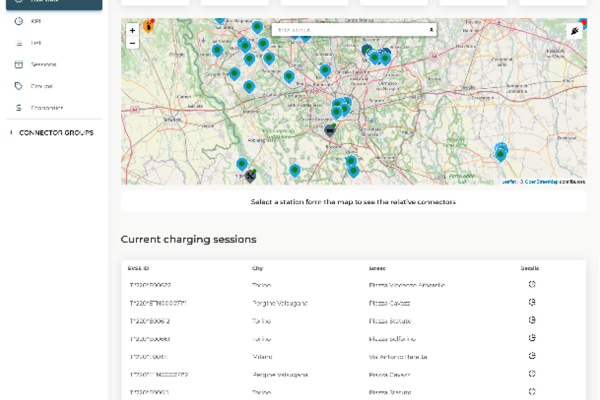The Government has confirmed that greener E10 petrol will be introduced later this year, with ethanol content increased from 5% to 10%.
Bioethanol, made from materials such as low grade grains, sugars and waste wood, will become the standard on forecourts from September. The Department of Transport said that E10 could cut transport CO2 emissions by 750,000 tonnes a year – the equivalent of taking 350,000 cars off the road.
The downside is that not all cars will be able to use it. While all petrol cars built from 2011 onwards are E10 compatible, up to 1 million vehicles in the UK are not and will have to use more expensive E5 super grade unleaded.
The DfT said: “We can confirm that we’ll introduce legislation as soon as possible to require fuel suppliers and retailers to introduce E10 petrol in the standard 95-octane petrol grade by September 1, 2021.
“We’ll also require the higher-octane Super grade to remain E5 to provide protection for owners of older vehicles. Subject to parliamentary approval, the introduction of E10 at forecourts will occur during summer 2021 supported by a comprehensive communications campaign.”
The concern is that anyone with an older vehicle could end up with a hefty repair bill if they are not properly informed about the change while there is also a worry that E5 premium grade petrol may be harder to find in some rural locations.
Mike Hawes, SMMT Chief Executive, said that the introduction of E10 is significant in that it assists with the decarbonisation of the existing UK car parc as well as those new cars powered by petrol engines.
He added: “Vehicle manufacturers have been preparing for its introduction for many years so drivers can be reassured that it is compatible with most cars currently on the road. Together with the introduction of new electrified vehicles, the range of which is accelerating rapidly, this new fuel will help reduce the overall emissions of road transport for many years to come.”
Are you E10 compatible?
You can check if your car, motorbike or moped can use E10 petrol by using the Government’s E10 compatibility checker. Filling stations will clearly label petrol as either E10 or E5. The change in fuel only applies to petrol; diesel fuel will not be changing.
What is E10 petrol?
E10 means petrol contains up to 10% renewable ethanol. To date, petrol in the UK has contained up to 5% renewable ethanol (known as E5). E10 petrol is already widely used around the world, including across Europe, the US and Australia. It has also been the reference fuel against which new cars are tested for emissions and performance since 2016.
Emissions and air quality
The main benefit of E10 petrol is that it reduces overall levels of CO2 (carbon dioxide)-based vehicle emissions. By blending the fuel with up to 10% renewable ethanol, less fossil fuel is needed, helping us protect the environment and meet climate change targets.
There is a difference between emissions that contribute to climate change (greenhouse gases such as CO2), and those that are a concern for air quality and public health (including particulates, nitrogen oxides (NOx) and hydrocarbons).
Fuels like E10 petrol are generally introduced to reduce overall CO2 emissions and have little impact on air quality.
Using E10 fuel will not affect whether you are able to drive in, or have to pay to enter, a clean air zone (CAZ), low emission zone (LEZ) or ultra-low emission zone (ULEZ); this is determined by your car’s Euro emissions standard and not by the fuel used.
Fuel economy
Using E10 petrol can slightly reduce fuel economy (the number of miles you are able to drive on a gallon of fuel). You may see around a 1% reduction, which is unlikely to be noticeable in everyday driving.
Other factors – such as your driving style, or driving with under-inflated tyres or a roof rack fitted – have a much more significant impact on fuel economy.
Vehicles
Almost all petrol-powered vehicles on the road are compatible with E10 petrol. At present, around 95% are approved for use with E10 and this is increasing all the time.
All new cars manufactured since 2011 are compatible with E10 fuel, and most cars and motorbikes manufactured since the late 1990s are also approved by manufacturers to use E10.
The following vehicles, however, may not be compatible with E10 fuel:
- classic, cherished and older vehicles
- some specific models, particularly those from the early 2000s
- some mopeds, particularly those with an engine size of 50cc or under








